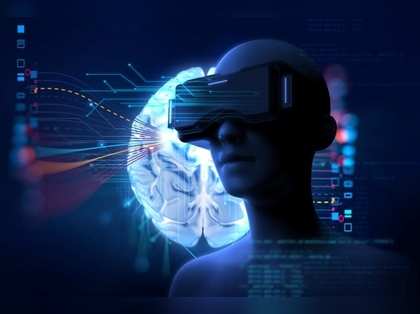In the ever-evolving landscape of education, training, and innovation, simulation emerges as a powerful force that bridges the gap between virtual and tangible realities. From virtual classrooms to immersive scenarios, simulations are shaping the future of learning, problem-solving, and industry transformation. Let’s delve into how simulations are revolutionizing various sectors and unlocking new possibilities.
The Simulated Learning Revolution
- Virtual Classrooms and Labs:
- Simulated environments allow learners to step into virtual classrooms, laboratories, and workshops.
- Students can conduct experiments, practice surgical procedures, or explore historical events—all within a safe, controlled setting.
- Immersive Experiences:
- Augmented and virtual reality (AR/VR) simulations transport users to different worlds.
- Imagine studying ancient civilizations by virtually walking through their cities or practicing emergency response in realistic disaster scenarios.
- Skills Training and Industry Applications:
- Healthcare: Medical students practice diagnosing patients, performing surgeries, and managing emergencies.
- Manufacturing: Simulations optimize production processes, predict maintenance needs, and enhance worker safety.
- Architecture and Design: Architects visualize buildings, test structural integrity, and explore spatial layouts.
- Aviation and Aerospace: Flight simulators train pilots and engineers, ensuring safe and efficient air travel.
The Turing-like Test for Validity
- Modeling Real-World Behaviors:
- Simulated learners must accurately represent real-world actions and responses.
- The Turing-like Test assesses whether simulations convincingly mimic actual experiences.
- Challenges and Opportunities:
- Rigorous validation is essential to ensure the effectiveness of simulations.
- Researchers and practitioners must collaborate to refine and enhance simulated learning environments.
The Road Ahead
- Holistic Simulated Models:
- Future research should focus on comprehensive simulated learner models.
- Represent broader aspects of behavior, cognition, and emotional responses.
- Ethical Considerations:
- As simulations become more sophisticated, ethical guidelines are crucial.
- Balancing realism with user well-being and privacy is essential.
In the dynamic intersection of education, training, and innovation, simulations are our compass, guiding us toward a future where learning transcends boundaries and industries thrive in both virtual and tangible realms.
Learn More from link below
How to outsource virtual reality





